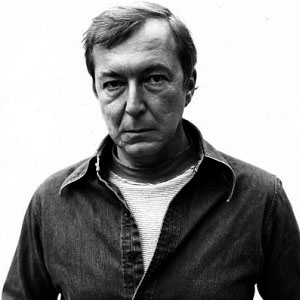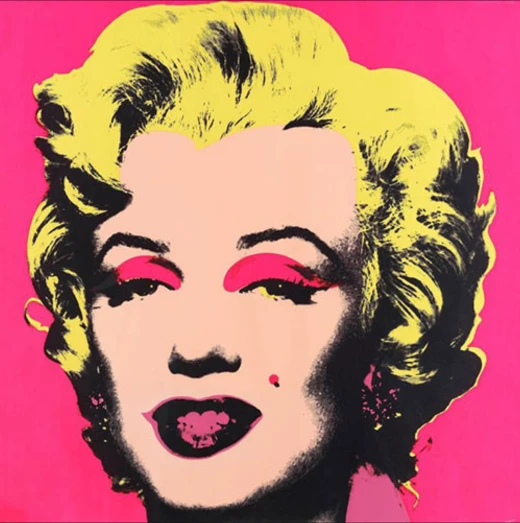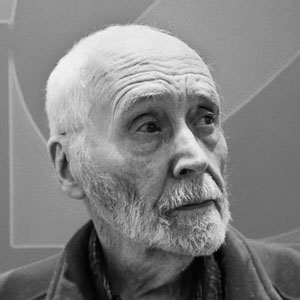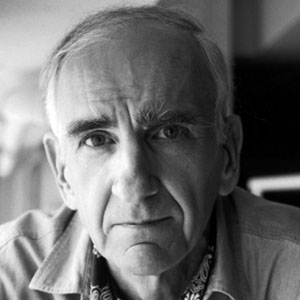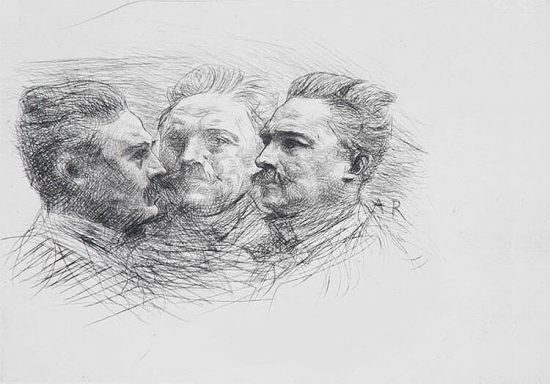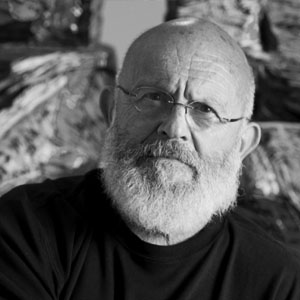
Jim Dine Biography
Jim Dine was born on June 16, 1935, in Cincinnati, Ohio. From an early age, he displayed an affinity for art, which he pursued formally at the University of Cincinnati, the School of the Museum of Fine Arts in Boston, and Ohio University, where he earned a Bachelor of Fine Arts degree in 1957. This diverse educational background laid the groundwork for Dine's multifaceted approach to art.
Dine moved to New York City in 1959, a pivotal step in his career. There, he became part of the vibrant art scene and associated with pioneering figures of the Pop Art movement, including Claes Oldenburg and Allan Kaprow. Dine's early work was characterized by "Happenings," a series of performance art pieces that blurred the boundaries between artist and audience, and between art and everyday life. These performances, such as "The Smiling Workman" (1959) and "Car Crash" (1960), established Dine as a significant figure in the avant-garde art community.
Throughout the 1960s, Dine's work evolved from performance art to a focus on painting, drawing, and printmaking. He became known for incorporating everyday objects into his art, a hallmark of the Pop Art movement. However, Dine's approach was more personal and introspective compared to his contemporaries. Objects like tools, bathrobes, and hearts became recurring motifs in his work, each imbued with personal significance and emotional depth.
Hearts:
Jim Dine's use of hearts in his artwork is deeply personal and multifaceted. The heart motif, which he began exploring in the 1960s, transcends simple romantic symbolism. For Dine, hearts represent a complex range of emotions and serve as a vessel for self-expression. He often infuses his heart artworks with rich textures, vibrant colors, and varied materials, creating pieces that are both visually striking and emotionally resonant.
Dine's hearts are also a way of engaging with traditional symbols in a contemporary context, allowing him to explore themes of love, intimacy, and vulnerability. This recurring motif in his work underscores his belief in the power of familiar shapes to convey profound and personal narratives.
Tools: Tools, another recurrent theme, symbolize both his personal history (his family owned a hardware store) and broader themes of creation and labor.
Bathrobes:
Jim Dine's use of robes in his artwork stems from a blend of personal significance and broader artistic exploration. He began incorporating the robe motif in the early 1960s, inspired by a childhood memory of a bathrobe his father owned. For Dine, the robe symbolizes identity, presence, and the human form without depicting the body directly. This allowed him to explore themes of self-portraiture and presence in an abstract way.
The robe motif also reflects Dine's interest in ordinary objects and their potential to convey deeper meanings. By focusing on the robe, he transforms a mundane item into a powerful symbol of individuality, comfort, and human experience. Through varied techniques and media, Dine's robes evoke a sense of personal narrative and artistic introspection.
Major Museum Exhibitions
Jim Dine's work has been exhibited extensively in prestigious institutions worldwide, affirming his status as a significant contemporary artist. Some notable exhibitions include:
"Jim Dine: Five Themes" (1984) at the Walker Art Center in Minneapolis. This comprehensive retrospective highlighted the thematic diversity in Dine's work, from his early Happenings to his mature paintings and sculptures.
"Jim Dine: Tools and Other Objects" (1994) at the Solomon R. Guggenheim Museum in New York. This exhibition focused on Dine's fascination with everyday objects, particularly tools, exploring their personal and symbolic meanings.
"Jim Dine: Hearts" (2009) at the J. Paul Getty Museum in Los Angeles. This show emphasized Dine's iconic heart motif, showcasing its evolution over the decades and its emotional resonance.
"Jim Dine: A Life in Printmaking" (2019) at the Albertina Museum in Vienna. This exhibition celebrated Dine's achievements in printmaking, featuring over 100 works that demonstrate his innovative techniques and thematic consistency.
Highest Selling Works
Jim Dine's works have fetched impressive prices at auction, reflecting his enduring popularity and the market's appreciation for his art. Some of the highest-selling works include:
"The Cryogenic Tool Chest" (1964): This mixed-media piece, which exemplifies Dine's integration of everyday objects into his art, sold for over $2 million at Sotheby's in 2010. The work combines painting with real tools, creating a textured, three-dimensional effect that is both visually striking and conceptually rich.
"Two Big Black Hearts" (1985): This large-scale bronze sculpture, a powerful example of Dine's heart motif, sold for $1.7 million at Christie's in 2016. The sculpture's monumental size and dramatic presence underscore the emotional intensity that Dine imbues in his heart imagery.
"The Glyptotek Drawings" (1987): This series of drawings, inspired by classical sculptures in the Glyptothek Museum in Munich, fetched over $1.5 million at auction. The works demonstrate Dine's skill in drawing and his ability to reinterpret classical themes through a contemporary lens.
Jim Dine's influence on contemporary art is profound and multifaceted. His integration of personal symbolism with everyday objects has inspired subsequent generations of artists to explore the interplay between the personal and the universal in their work. Dine's ability to infuse common motifs with deep emotional resonance has also set a precedent for exploring the psychological dimensions of art.
Moreover, Dine's contributions to printmaking have been particularly significant. His innovative techniques and willingness to experiment with materials and processes have expanded the possibilities of the medium, making him a pivotal figure in the field.
In addition to his visual art, Dine has also ventured into poetry and writing, further demonstrating his versatility and creative depth. His written works often mirror the themes and motifs present in his visual art, creating a cohesive and multifaceted body of work.
Jim Dine's artistic career spans over six decades, marked by a consistent exploration of personal and universal themes through a variety of mediums. From his early performance art pieces to his iconic hearts, tools, and bathrobes, Dine's work is characterized by its emotional depth, technical innovation, and symbolic richness. His extensive exhibition history and the high market value of his works reflect his significant impact on contemporary art. As an artist, printmaker, and writer, Jim Dine continues to be a vital and influential figure, whose work resonates with both personal introspection and broader cultural themes.

